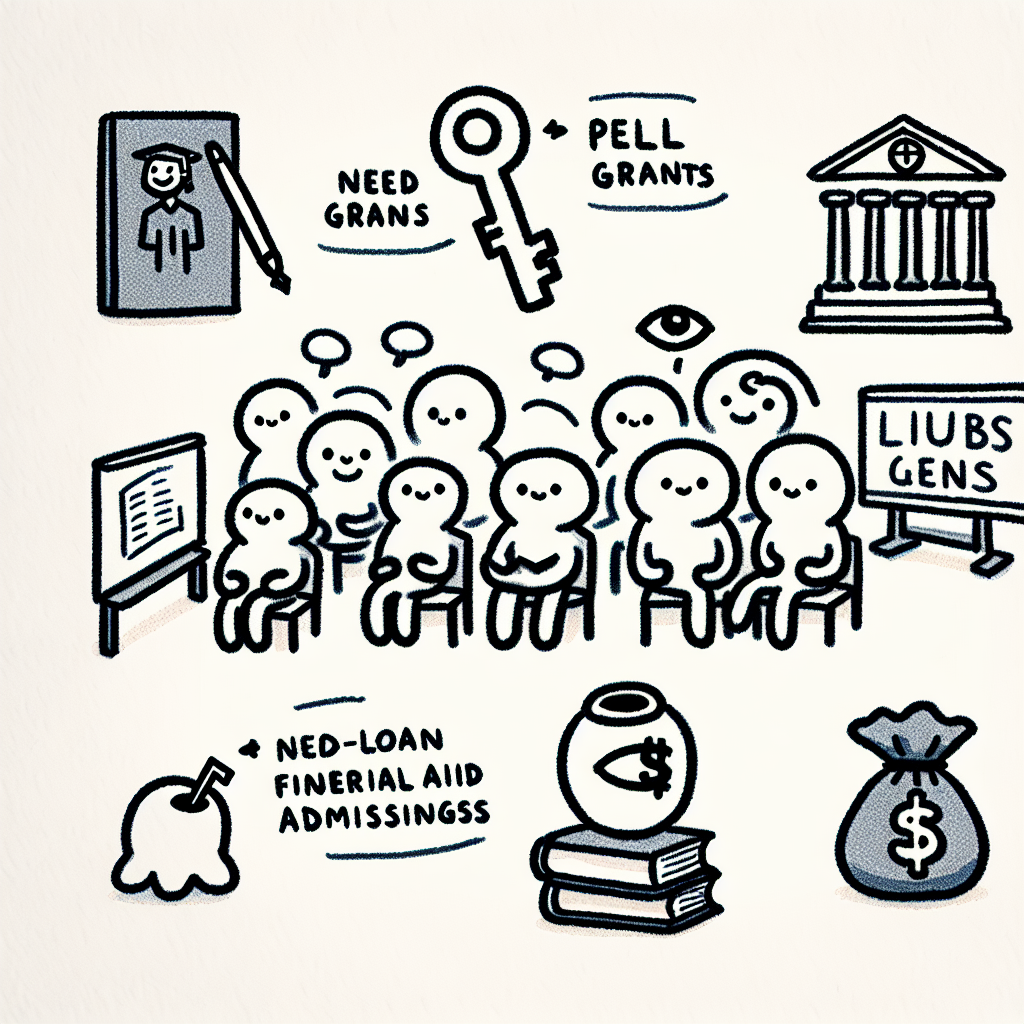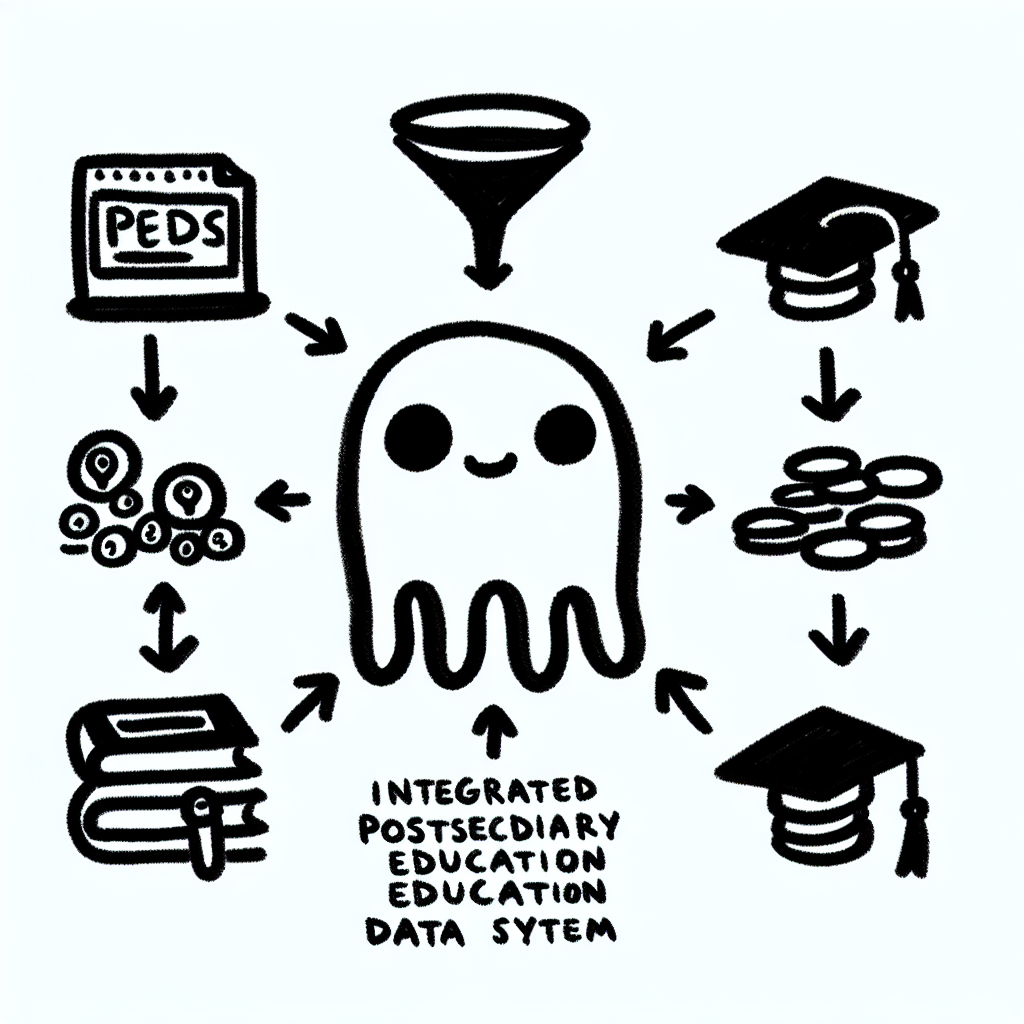Introduction to Liberal Arts Colleges
Liberal arts colleges are institutions of higher education that emphasize undergraduate study in the liberal arts and sciences. These colleges are known for their small class sizes, close student-faculty relationships, and a strong focus on critical thinking, communication, and interdisciplinary learning.
A defining characteristic of liberal arts colleges is their commitment to a broad-based curriculum. Instead of specializing early, students explore a wide range of subjects—including humanities, social sciences, natural sciences, and mathematics—before choosing a major. This approach prepares graduates for diverse career paths and lifelong learning.
In the American higher education system, liberal arts colleges play a unique role by prioritizing teaching over research. Unlike large research universities, these institutions often have a lower student-to-faculty ratio, allowing for more personalized instruction and mentorship. They aim to educate the whole person and often incorporate co-curricular opportunities such as community service, study abroad, and undergraduate research.
A liberal arts colleges list typically includes schools that are independent or part of consortia, and that maintain a strong commitment to fostering intellectual curiosity and civic engagement among students.

📜 Historical and Philosophical Foundations
Liberal arts colleges have a long-standing tradition rooted in the classical ideals of education. The foundation of these institutions emphasizes a comprehensive curriculum designed to foster critical thinking, effective communication, and interdisciplinary understanding. Unlike vocational or technical schools, liberal arts colleges prioritize intellectual exploration across the humanities, sciences, and social sciences.
A key element that makes a liberal arts education unique is its commitment to cultivating well-rounded individuals. Students are encouraged to engage with diverse fields of study, which helps develop a broader perspective and stronger analytical skills. This multidisciplinary approach prepares graduates to adapt to various professional fields and societal challenges.
Civic responsibility and global awareness are also central to the liberal arts philosophy. Many liberal arts colleges integrate community engagement, ethical reasoning, and global studies into their programs. This helps students become more informed and active citizens, capable of contributing thoughtfully to democratic societies.
Another distinguishing feature is the learning environment. Liberal arts colleges typically offer smaller class sizes, fostering close faculty-student relationships. This setting allows for more personalized education, mentorship opportunities, and active participation in classroom discussions—all of which enhance the academic experience and personal growth.
These characteristics, found consistently across the liberal arts colleges list, illustrate why this educational model continues to hold value in an evolving global landscape.

📍 Comprehensive Liberal Arts Colleges List
How to Use This List
When reviewing a liberal arts colleges list, consider several key factors to determine which institutions may align best with your goals:
- Academic Focus: Some liberal arts colleges emphasize the humanities, while others have strong programs in the sciences or interdisciplinary studies.
- Location: Whether rural or urban, location can influence access to internships, cultural opportunities, and climate preferences.
- Size: Student population varies widely; smaller colleges may offer more individualized attention.
- Diversity: Look for data on socioeconomic, racial, and international diversity, including Pell Grant recipient percentages.
- Cost: Evaluate tuition, financial aid availability, and average student debt upon graduation.
For further research, many colleges maintain detailed institutional profiles accessible through official websites or national databases such as the National Center for Education Statistics College Navigator.
Top Liberal Arts Colleges — National Rankings
The top 25 nationally ranked liberal arts colleges often combine academic rigor with robust student support. These institutions typically have strong faculty-to-student ratios, high graduation rates, and extensive alumni networks.
Some examples include:
- Williams College
- Amherst College
- Swarthmore College
- Pomona College
- Wellesley College – Notably, 22% of students at Wellesley receive Pell Grants, highlighting its commitment to economic diversity (source).
Hidden Gems: Lesser-Known Liberal Arts Colleges with Strong Impact
Beyond the top rankings, many lesser-known liberal arts colleges make a significant educational and social impact. These institutions often serve underrepresented populations and maintain strong community ties.
- Allen University – With 87% of undergraduates receiving Pell Grants, Allen University demonstrates a strong commitment to economic accessibility (source).
Other regional standouts include:
- Berea College (KY) – Provides full-tuition scholarships for all admitted students.
- Earlham College (IN) – Known for its international student community and Quaker values.
- Whittier College (CA) – Emphasizes diversity and leadership in the West.
These schools may not appear at the top of national rankings but offer compelling opportunities for students seeking a liberal arts education.

💸 Economic Diversity at Liberal Arts Colleges
Why Economic Diversity Matters
Economic diversity at liberal arts colleges enriches the academic environment by bringing together students from a wide range of socioeconomic backgrounds. This diversity fosters more inclusive peer learning, where students gain insights from perspectives different from their own. It also signals a college’s commitment to access and equity, as economically diverse campuses are often more reflective of broader society.
Pell Grants as a Key Indicator
A primary measure of economic diversity is the percentage of students receiving Pell Grants. These federal grants are awarded to undergraduate students who demonstrate exceptional financial need. Because eligibility is based on family income and financial circumstances, the share of Pell Grant recipients at a college serves as a proxy for the representation of low-income students on campus.
Case Studies
Allen University (Columbia, SC)
Allen University stands out with one of the highest percentages of Pell Grant recipients among liberal arts colleges—87%. This reflects the institution’s historical mission to serve African American students and its ongoing role in providing access to higher education for economically disadvantaged communities. Its commitment to affordability and support services helps ensure that students from low-income backgrounds can thrive.
Wellesley College (Wellesley, MA)
Wellesley College, a prestigious liberal arts institution, reports that 22% of its students receive Pell Grants. This places it among the top performers in economic diversity within the elite college category. Wellesley’s strong financial aid programs—including need-based aid and policies that meet full demonstrated financial need—make it possible for students from a broad range of economic backgrounds to attend and succeed.
Broader Trends & Policy Implications
Across the liberal arts colleges list, the percentage of Pell Grant recipients varies widely. Some colleges report fewer than 10%, while others, like Allen University, are close to 90%. This disparity points to different institutional strategies and missions.
To improve economic diversity, many liberal arts colleges have adopted policies such as need-blind admissions, which ignore a student’s financial status during the application process, and no-loan financial aid packages that reduce student debt burdens. Bridge programs and targeted support services are also being used to help low-income students transition to and succeed in college.
State and federal support mechanisms, such as increased funding for Pell Grants and state scholarship programs, play a critical role in enabling colleges to enroll more economically diverse student bodies. These supports help ensure that students from all financial backgrounds have access to the transformative education liberal arts colleges offer.

🌍 Ethnic and Cultural Diversity on Campus
Measuring Campus Ethnic Diversity
In evaluating a liberal arts colleges list, ethnic and cultural diversity on campus is a crucial consideration. Representation of different racial and ethnic groups enhances classroom discussions, fosters empathy, and prepares students for a globalized workforce. Diverse campuses also contribute to a richer social experience, where students engage with perspectives different from their own.
One key tool used to assess racial and ethnic diversity is the U.S. News & World Report’s Campus Ethnic Diversity Index. This index measures the likelihood that any two students chosen at random will be from different racial or ethnic groups. It serves as a valuable metric for students looking to compare diversity across schools on a liberal arts colleges list (source).
Inclusion and Belonging Initiatives
Beyond numerical diversity, liberal arts colleges also implement initiatives to foster inclusion and a sense of belonging. Many schools support student-led diversity councils that advocate for underrepresented groups and influence campus policies. These organizations play a vital role in creating an inclusive campus climate.
Faculty diversity recruitment is another priority. By hiring professors from varied backgrounds, institutions aim to provide students with role models who reflect a broad range of experiences and identities, enriching the academic environment.
Additionally, cultural centers and affinity groups offer spaces for students to connect over shared heritage and experiences. These centers often host events, provide mentorship, and serve as hubs for cultural expression. When reviewing a liberal arts colleges list, such programs indicate a college’s commitment to supporting all students.

📊 Data-Driven Insights on Liberal Arts Colleges
IPEDS: A Comprehensive Data Source
The Integrated Postsecondary Education Data System (IPEDS) is a valuable resource for analyzing liberal arts colleges. Maintained by the National Center for Education Statistics (NCES), IPEDS collects and reports standardized data from colleges and universities across the United States. It offers a centralized way to compare institutions using consistent metrics, making it essential for anyone reviewing a liberal arts colleges list (source).
Key Data Categories from IPEDS
IPEDS organizes data into several categories that are especially useful when evaluating institutions on a liberal arts colleges list:
- Enrollment Statistics: IPEDS tracks full-time and part-time enrollment by gender, ethnicity, and academic level, helping to assess student body diversity and size.
- Financial Aid and Tuition Data: Information includes average tuition costs, percentage of students receiving aid, and average financial aid packages.
- Graduation and Retention Rates: These indicators reflect institutional performance in supporting students through to completion and their ability to retain students year over year.
Academic Program Trends
IPEDS data also provides insights into academic program trends among schools on a liberal arts colleges list. Recent statistics on bachelor’s degrees awarded show that majors in psychology, economics, biology, and political science are consistently popular across liberal arts institutions. Additionally, there has been notable growth in interdisciplinary programs such as environmental studies and cognitive science, reflecting evolving student interests and workforce demands (source).

Outcomes and Value of a Liberal Arts Degree
Career Readiness and Graduate Success
A liberal arts education emphasizes core transferable skills such as critical thinking, effective writing, and leadership. These competencies prepare students to adapt in a rapidly changing job market, where problem-solving and communication are essential across industries. According to national data, graduates of institutions on any reputable liberal arts colleges list often demonstrate strong employment and graduate school outcomes. Many secure jobs shortly after graduation or pursue advanced degrees in fields like law, medicine, business, and public policy.
Alumni Networks and Community Impact
Alumni from liberal arts colleges frequently remain engaged with their institutions, creating robust mentorship and internship pipelines for current students. These networks offer valuable career guidance and opportunities, especially in competitive fields. Additionally, liberal arts graduates are known for their civic engagement, often taking leadership roles in nonprofit organizations and community initiatives. Their broad-based education encourages social responsibility and a commitment to public service, reinforcing the long-term value of attending schools featured on a liberal arts colleges list.

📚 Resources for Prospective Students
When researching schools for a liberal arts colleges list, several tools can help prospective students make informed decisions based on diversity, cost, and academic offerings.
The U.S. News Rankings by Economic and Ethnic Diversity provide insight into how well liberal arts colleges support diverse student populations. These rankings can help students identify schools with a commitment to inclusion.
The IPEDS College Navigator, maintained by the National Center for Education Statistics, allows users to search and compare colleges by various criteria such as tuition, enrollment, and graduation rates. It's a valuable tool for narrowing down a liberal arts colleges list based on personal priorities.
In addition, the College Scorecard, a U.S. Department of Education resource, offers data on average earnings, debt levels, and other performance metrics. Many schools also provide Net Price Calculators on their websites, enabling students to estimate actual costs after financial aid—a crucial factor when evaluating institutions on a liberal arts colleges list.

Conclusion
Liberal arts colleges offer a unique, values-driven educational experience focused on critical thinking, interdisciplinary learning, and close faculty interaction. When building your own liberal arts colleges list, it's important to consider a range of factors including diversity, cost, and post-graduation outcomes. These elements can vary widely from one institution to another and significantly impact your college experience and long-term goals.
In addition to personal preferences and campus visits, utilize available data and rankings to inform your decisions. Combining objective resources with a clear understanding of what you value in a college will help you create a liberal arts colleges list that aligns with your academic and personal aspirations.














